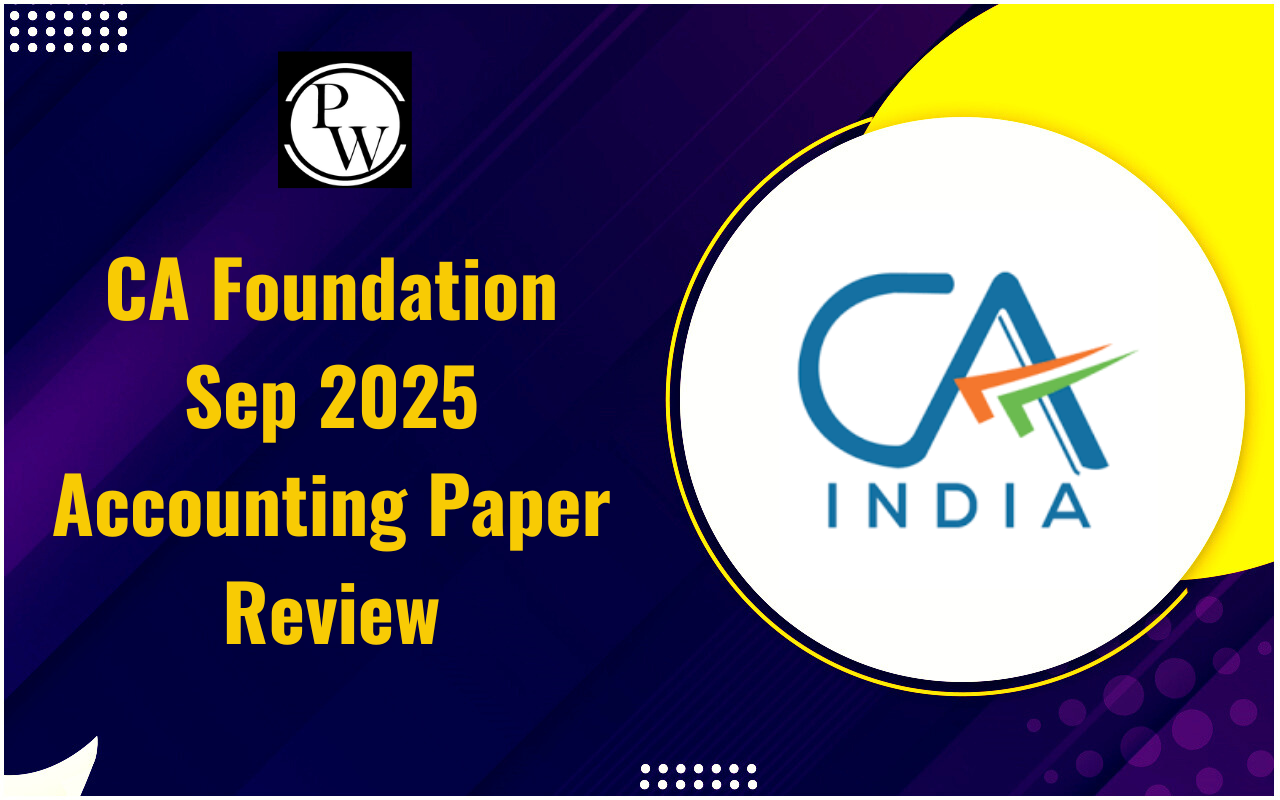
Financial statement analysis involves examining a company's financial records to make decisions. It's crucial for both people outside the company, like investors, and those inside, like managers. Externally, it helps to gauge the company's health and performance, while internally, it's a way to keep track of finances.
This article will help you understand the Financial Statement Analysis process for CA Exams .What Is Financial Statement Analysis?
A financial statement is like a financial report card for a business, showing its money situation and cash movements. There are various types of statements, each with its own role. Analyzing financial statements means studying how the numbers in these documents relate to each other. It helps us understand where the business stands financially now and in the past, and how it's been performing. This analysis also helps make educated guesses about what might happen in the future. Essentially, it's about sorting through the numbers in financial statements to see what a business is good at and where it could improve.Why Is Financial Statement Analysis Important?
Financial Statement Analysis is super important for a few key reasons:- It shows how well companies are doing and how good their managers are at running things.
- Helps find out what the company is good at and where it needs to improve.
- Let us predict what might happen in the future for the company so we can decide how to invest or run the business.
- Check how well the company is doing its day-to-day operations and if it's making enough money.
- Helps us understand what parts of the company's finances are most important.
Process of Financial Statement Analysis
Financial Statement Analysis happens in three main steps:Step 1: Clarifying Financial Statements
This step involves organizing financial statements to make them easier to understand and interpret accurately. For example:- Income Statement: Sorts items into recurring and non-recurring ones and separates earnings into core and one-time.
- Balance Sheet: Splits the balance sheet into operating and financial assets/liabilities.
- Cash Flow Statement: Removes financial activities from cash flow related to operations.
Step 2: Correcting Mistakes
This step eliminates errors in measurements, making sure the data is accurate and reliable. This improves the quality of the accounting numbers reported.Step 3: Analysis
After adjusting the financial statements, ratios are calculated to assess the company's performance. This involves comparing different financial metrics to gain insights into the company's financial health.Also Read: Generally Accepted Accounting Principles (GAAP)
Phases of Financial Statement Analysis
Financial Statement Analysis is a multi-phase process crucial for understanding a company's financial health and making informed decisions. Let's delve into each phase in detail:Phase 1: Define Analysis Purpose
In this initial phase, analysts determine the purpose of the analysis. They identify key questions that need to be answered and set the scope of the report. This involves understanding the goals of the analysis, such as assessing profitability, liquidity, or solvency. Analysts also consult institutional guidelines to ensure compliance and gather relevant information sources.Phase 2: Data Collection
Once the purpose is defined, the next step is to gather data. Analysts utilize various sources such as financial statements, industry data, and discussions with management, customers, and suppliers. These discussions provide insights into the company's operations, market conditions, and future prospects. The collected data is organized and used to prepare financial tables, statements, and questionnaires for further analysis.Phase 3: Data Processing
With the data collected, analysts move to the processing phase. Here, they use statistical and financial analysis techniques to derive meaningful insights. This may involve creating common-size statements to compare financial data over time or across companies, adjusting financial statements to account for anomalies, generating forecasts based on historical trends, calculating financial ratios to assess performance, and creating visual representations like graphs to aid in understanding.Phase 4: Data Interpretation
Once the data is processed, analysts interpret the results to draw conclusions. They analyze trends, relationships, and anomalies revealed through the analysis. This phase involves synthesizing the findings into a coherent narrative and presenting them in a clear and understandable manner. Interpretation also includes identifying potential risks and opportunities based on the analysis.Phase 5: Conclusion and Recommendations
In this phase, analysts provide conclusions based on their interpretation of the data. They summarize the key findings of the analysis and offer recommendations for action. These recommendations may include suggestions for investment decisions, credit assessments, strategic changes, or operational improvements. Analysts also align their conclusions with institutional guidelines to ensure consistency and relevance.Phase 6: Follow-Up
The final phase involves follow-up to ensure the relevance and accuracy of the analysis over time. Analysts monitor changes in the company's financial position, market dynamics, regulatory environment, and other relevant factors. This ongoing monitoring ensures that recommendations remain timely and actionable. Additionally, analysts may update their reports and recommendations as new information becomes available, ensuring that stakeholders have access to the most up-to-date insights.Types of Financial Statement Analysis
Financial analysts play a crucial role in understanding a company's financial health. They start by analyzing the income statement, focusing on income analysis first.1. Income Statement Analysis:
The income statement is examined in two main ways: vertical and horizontal analysis.Vertical Analysis:
This method involves looking at each line item on the income statement in relation to the revenue percentage. Analysts consider various metrics like taxes, interest, net earnings, earnings before tax (EBT), gross profit, depreciation, cost of goods sold (COGS), and selling general & administrative (SG&A) expenses.Horizontal Analysis:
Here, analysts compare year-over-year changes in each line item on the income statement. They calculate the percentage change from one period to the next, allowing them to assess the growth or decline in performance over time.2. Cash Flow Statement Analysis:
Analyzing the cash flow statement helps in understanding the flow of cash in and out of the company over a specific period. It covers cash from operating activities, investing activities, and financing activities, providing insights into how the company manages its cash flow.3. Pyramid of Ratio Analysis:
Financial analysts use a pyramid of ratios to evaluate efficiency, profitability, and leverage factors affecting a business. This analysis includes DuPont analysis, return on equity ratio (ROE), rates of return and profitability analysis, as well as efficiency and leverage ratios.4. Balance Sheet Analysis:
By examining the balance sheet, analysts can gauge a company's operational efficiency. They compare income statement components with the company's assets to assess revenue generation and inventory management efficiency through various financial ratios.| Related Links | |
| CA Exam Pattern 2024 | CA Exam Date 2024 |
| CA Syllabus 2024 | CA Notes |
| CA Registration 2024 | CA Eligibility Criteria 2024 |
Financial Statement Analysis FAQs
Why is financial statement analysis important?
What are the phases of financial statement analysis?
What types of analysis are involved in financial statement analysis?
How does financial statement analysis benefit investors?
Can financial statement analysis predict future performance?










